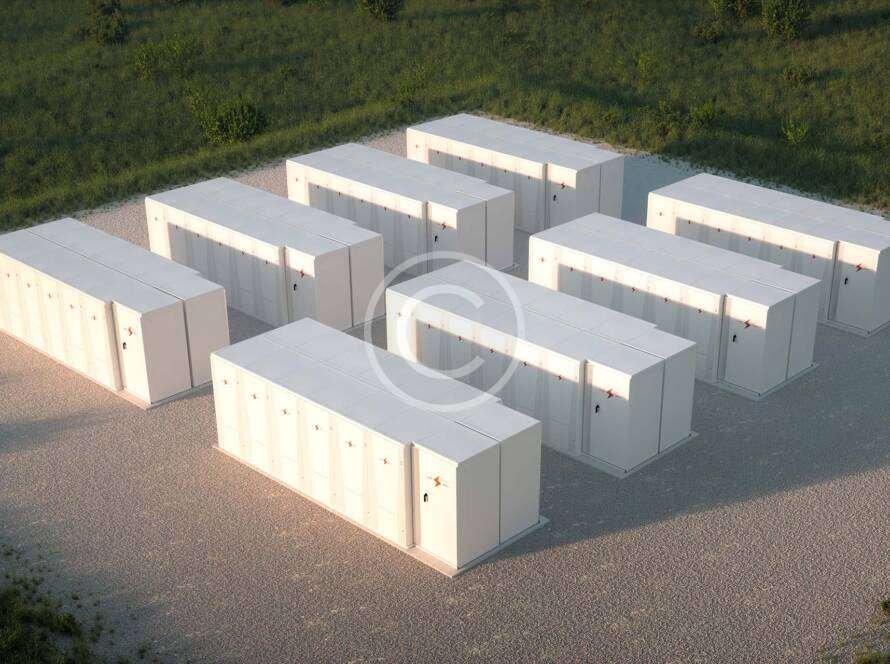Q
Iraq’s abundant sunshine presents a remarkable opportunity for solar energy generation. With an average of 3,000+ hours of sunshine annually, our country is ideally positioned to harness this unlimited power source. Let’s explore how solar technology works in our climate and find the optimal solutions for Iraqi conditions.
How Solar Panels Generate Electricity:
- Photovoltaic Process
- Solar panels contain silicon cells that convert sunlight into electricity
- Photons from sunlight excite electrons in the silicon
- This creates direct current (DC) electricity
- Inverters convert DC to usable AC power for homes and businesses
Temperature Effects on Solar Panel Efficiency:
- Common Misconceptions
- Many people believe hotter weather means more power generation
- Actually, high temperatures can reduce panel efficiency
- Understanding Temperature Coefficients
- Most solar panels lose 0.3% to 0.5% efficiency for every 1°C increase above 25°C
- In Iraqi summer temperatures of 45°C+, standard panels might lose 10-15% efficiency
- Performance ratio typically drops during peak heat hours (11 AM – 3 PM)
Advanced Technologies for Hot Climates:
- Heat-Resistant Solar Technologies
- PERC (Passivated Emitter and Rear Cell) technology
- Half-cut cell design for better heat distribution
- Multi-busbar technology reducing internal resistance
- Advanced cell architecture for better low-light performance
- Cooling Solutions
- Elevated mounting systems for better airflow
- Heat-dissipating frame designs
- Anti-reflective coatings that reduce heat absorption
Spotlight on Longi Hi-MO 7:
- Why It’s Ideal for Iraq
- Specifically designed for high-temperature environments
- Superior temperature coefficient (-0.29%/°C)
- Higher efficiency in real-world conditions
- Key Features
- HPDC (High-Performance Dual-Cell) technology
- Better performance in diffused light conditions
- Enhanced heat dissipation design
- Proven durability in desert conditions
- Performance in Iraqi Conditions
- Maintains 85%+ efficiency even in 45°C+ temperatures
- Minimal degradation from sand and dust exposure
- Better morning and afternoon performance
- 25-year performance warranty
Practical Considerations:
- Installation Tips
- Optimal angle installation for Iraqi latitude
- Proper ventilation spacing
- Regular cleaning schedules for dust management
- Return on Investment
- Higher initial cost but better long-term performance
- More consistent power output throughout the year
- Lower degradation rate over time
Conclusion: While Iraq’s hot climate presents challenges for solar power generation, modern technology like the Longi Hi-MO 7 panels offers excellent solutions. By understanding how temperature affects solar panel efficiency and choosing the right technology, Iraqi homeowners and businesses can maximize their solar investment and enjoy reliable, renewable energy throughout the year.



